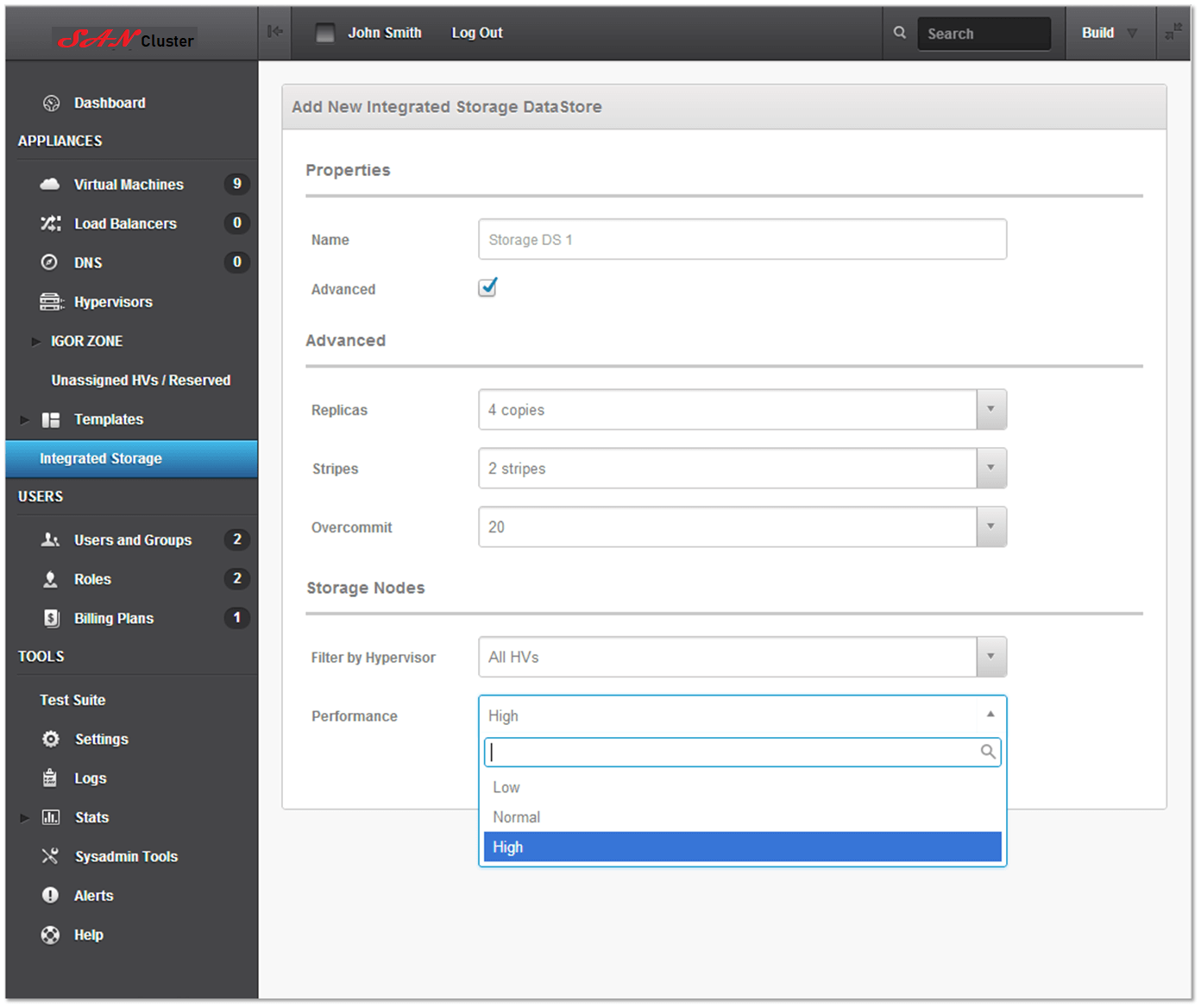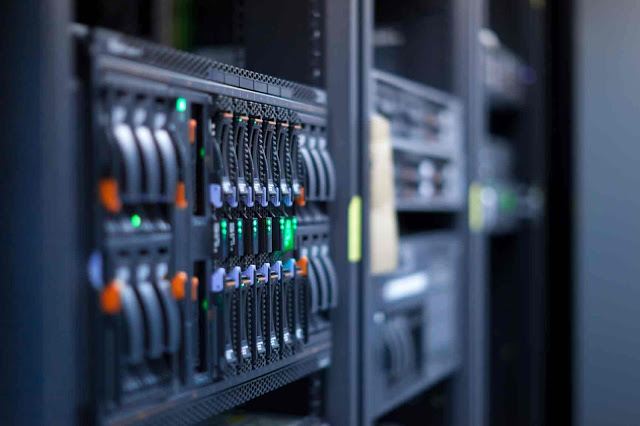SANCluster CloudBox ‘s Storage is a high-performance distributed SAN built into the SANCluster CloudBox platform. It gives you fast, resilient and scalable storage for your cloud, without having to invest in proprietary SAN hardware, or compromise performance with a software SAN.

- Built into your cloud
SANCluster CloudBox Storage creates an enterprise-class SAN across disks in your cloud’s compute nodes. It distributes data across those disks while giving you full control of replication and performance.
Highly scalable
SANCluster CloudBox Storage is designed for cloud workloads, and scales naturally with your cloud as you grow. As you add compute nodes to your cloud your storage scales too – and you can add more disks whenever you need to, without having to rebuild the whole SAN.
Multi-tier support
You can provision storage and manage billing for multiple tiers of storage, just as you would with a traditional SAN – and use SANCluster CloudBox Storage instead of, or alongside, a traditional storage array.
No vendor lock-in
With SANCluster CloudBox Storage, there’s no vendor lock-in with supported disk types or custom network backplanes: you can use off-the-shelf servers, disks and network components.
VM-aware
Our unique VM-aware technology optimizes throughput, by ensuring that data resides on the same server as the application that needs it. This makes a dramatic difference to I/O performance and minimizes the storage network bandwidth required – increasing throughput for cloud workloads.
Smart Disk
With our patent-pending smart disk technology, each physical disk in acts as a self-managing, self-discovering and self-contained unit, able to make decisions about data synchronization and load balancing without depending on a central controller. Disks are hot-pluggable between compute nodes, and there is no single point of failure.
Optimized I/O
SANCluster CloudBox Storage optimizes I/O throughput for your SAN and delivers close to raw disk performance. Each disk’s I/O queue is independent, so there is no single point where bandwidth bottlenecks can occur, and each storage node manages and compresses its own content in the most effi cient way possible.
